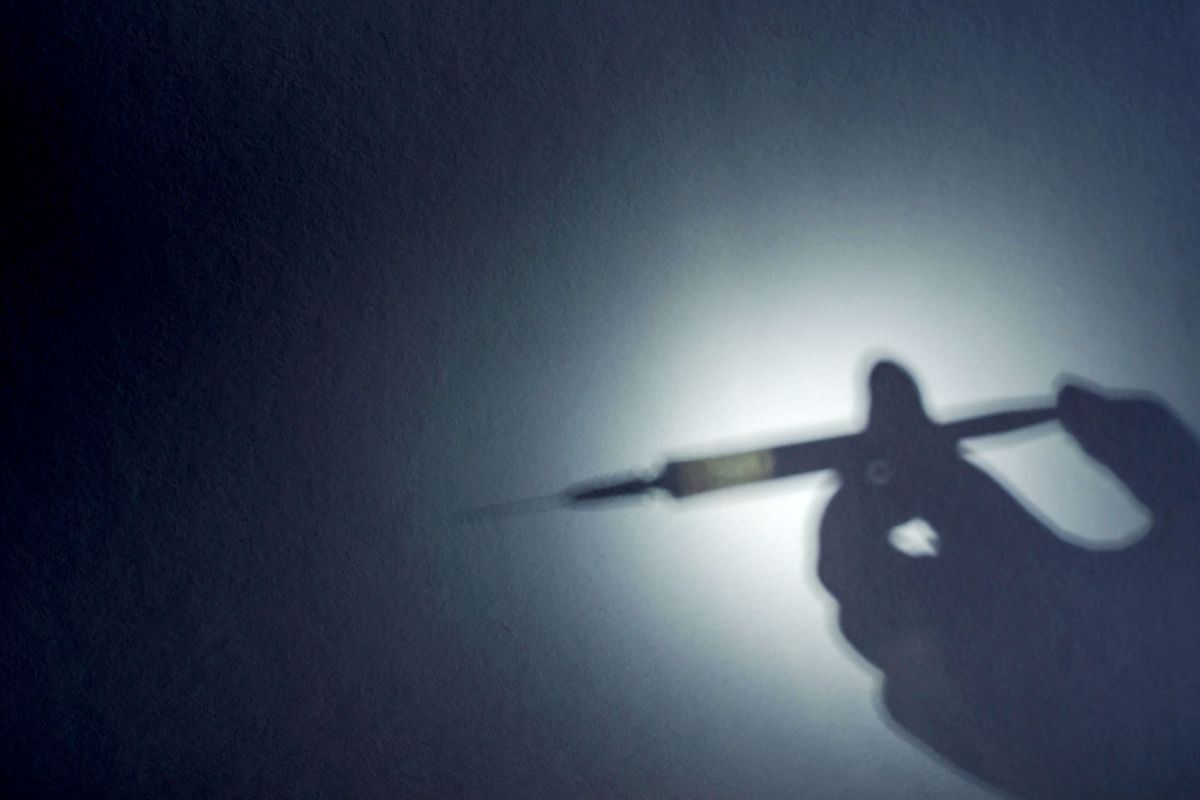Why the measles outbreak keeps me up at night

Since the beginning of this year, measles cases have been reported in eleven states spanning both coasts and heartland. A total of 20 cases have been reported since December, which may not sound like much, but it marks one of the worst resurgences of the virus in a generation. Because measles is so contagious, even a few cases can be serious, not to mention a massive strain on public health. The situation warrants enough concern that the Centers for Disease Control and Prevention issued a warning to doctors about renewed measles risk.
Unfortunately, vaccine skepticism is threatening to undo one of the great public health achievements of the modern era: the effective victory over this highly contagious and sometimes fatal viral infection, which is particularly dangerous for children and infants.
Many children who catch measles develop pneumonia. Other complications include brain inflammation and, in rarer cases, subacute sclerosing panencephalitis — a deadly neurological disorder.
Measles is highly contagious — so much so that if one person has it, up to nine out of 10 people around them will also become infected if not adequately protected. Further, measles is transmitted in the air and can remain in a room where a contagious person has been for up to two hours.
The reason for measles’ dangerous comeback is clear: a decline in vaccination rates in recent years.
I specialize in infectious diseases, including measles, and I cannot overstate my concern about the dire risks posed by lower vaccination rates. One in five unvaccinated people who develop measles is hospitalized because of life-threatening complications.
Parents nationwide need to take this threat seriously. The best way to protect your children from measles, and all preventable infectious diseases, is to follow the CDC’s recommended immunization schedule.
It has been nearly a quarter-century since the United States eliminated measles — meaning there has been no continuous transmission of the disease for 12 months or more. This means that no endemic measles outbreaks have occurred in the country during the 21st century. When smaller measles outbreaks have occurred, they have been foreign in origin, relatively limited and quickly overcome.
Want more health and science stories in your inbox? Subscribe to Salon’s weekly newsletter Lab Notes.
The reason for measles’ dangerous comeback is clear: a decline in vaccination rates in recent years. During the 2021-22 school year, the CDC identified a nearly 1% national decline in kindergarten vaccination rates— about 40,000 unvaccinated students. According to one investigation, at least 8,500 schools across the country have vaccination rates below 95%, the level the CDC deems necessary for effective prevention of measles spread.
Research has shown that the decline is linked directly to growing public skepticism about the safety of vaccines. Yet the measles vaccine is one of the safest and most thoroughly studied public health measures in the world — and has been for decades.
The common side effects are very mild — low-grade fevers, minor rashes, and soreness; serious complications are exceedingly rare. I recommend measles vaccinations for all my patients. My children are vaccinated as well. Vaccination both provides individual protection and bolsters public health by preventing transmission to those who are immunocompromised — whose numbers have doubled in recent years to 6.6% of U.S. adults — and other people who are unable to get vaccinated. For example, babies do not receive their first measles vaccine until they are one year old and are vulnerable to infection until fully vaccinated.
The benefits of widespread vaccination are undeniable. In 2019 alone, the routine childhood vaccine schedule, which includes two doses of the measles vaccine, prevented an estimated 24 million cases of illness in the United States. Assuming a roughly even distribution across the population, that’s equivalent to preventing an illness in one in 13 people.
No doubt, immunization must also be supported by private sector and government efforts to combat misinformation and educate the public on the science of vaccines. But I can say with certainty that the value of vaccines, and the research and development behind them, has been speaking volumes for decades.
I have seen firsthand the damage, death, and grief that infectious diseases can cause. Make no mistake: measles is dangerous. We risk underestimating the threat it poses precisely because widespread vaccination has been extremely effective in providing herd immunity.
We haven’t seen measles at its worst in the United States for over a half-century. Before the vaccine was introduced in 1963, measles was infecting 4 million Americans annually and killing about 450. Even now, the disease leads to well over 100,000 deaths per year worldwide, almost exclusively in regions with low vaccination rates.
Vaccines are a critical tool for fighting off both primary and secondary infections. Measles is a fate no child deserves — and, thanks to modern medicine, it’s one no child needs to face. We have the tools to ensure that the elimination of measles is permanent. All we have to do is use them.
Read more
about health

